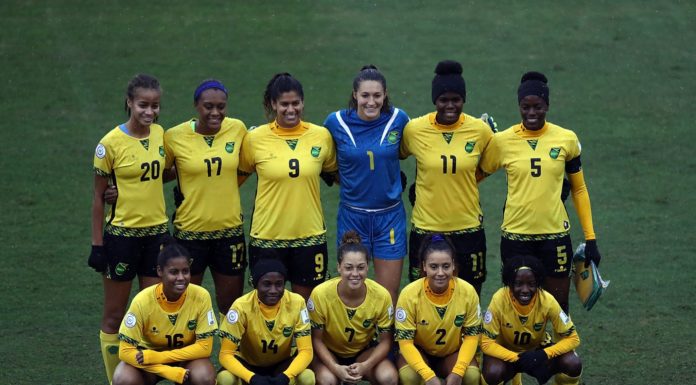With adidas re-releasing some of their classic designs earlier this week, we take a look at the story behind the creator of two of the brand’s most iconic shirts of all time — Ina Franzmann.
Football, the world’s most popular sport, has long been synonymous with masculinity — there have even been multiple bans on women’s football throughout a slew of different countries around the world. Even today, comments sections on certain posts across social media channels would have you think that the majority of the world’s population views football as a man’s sport and a man’s sport only.
However, that thankfully isn’t the case, and the growth of women’s football has seen multiple attendance and TV viewership records being broken, in addition to an influx of investment in professional leagues in countless countries. New pioneers in the sport have emerged, becoming role models for the next generation of female footballers.
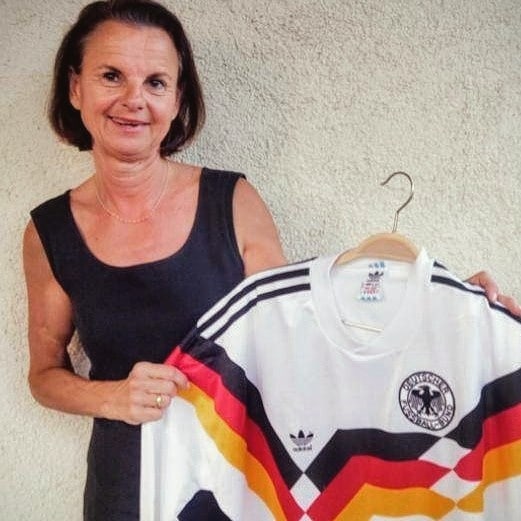
But there is one perhaps under-appreciated figure in the sport who influenced countless players and fans alike, whether they knew it or not. Her name is Ina Franzmann, and she did so not through her exploits on the pitch, but rather her iconic football kit designs.
In today’s modern age, we all recognize the aesthetic value that on-pitch apparel — especially kits — provide. But it wasn’t always like that. Before Franzmann joined adidas as an assistant designer in 1984, just about every kit design was incredibly simple: one or two colors max, without any patterns or embellishments.

That all changed in 1986, when Hummel, still trying to find its feet in the sportswear world, came up with a groundbreaking design for the Danish national team that forever revolutionized football kits. That 1986 Danish national team World Cup kit is the first full graphic patterned jersey to be worn in football.
Two years later, the 1988 EUROs were on the horizon, and Franzmann, now well tenured in her time at the Three Stripes, was tasked to come up with capsule designs for some of the adidas-partnered teams at that time, key among them being Germany and the Netherlands. All she did was come up with two of the most memorable jersey designs of all time.

The 1988 Dutch shirt is in the top five of many a collector’s list, and certainly occupies the top spot of more than a few aficionados. Its pattern followed a geometric motif that adidas employed four years prior on Belgium’s home kit, whose argyle design took inspiration from a different sport — tennis.


Throughout the ’80s, tennis was wildly popular across the world, with figures like John McEnroe, Bjorn Borg, and Ivan Lendl serving as iconic figures throughout the decade. Lendl in particular wore a similar pattern to the Belgian kit, and just so happened to be sponsored by adidas as well.
However, the 1988 Dutch kit expanded on what the Belgium shirt started, and instead of just one strip of patterned design, the geometric shapes featured throughout the entire body and sleeves.

The Netherlands would go on to win the 1988 EUROs, making their shirt even more iconic, and adidas employed the design template across its roster of teams. It became known as the “Ipswich” pattern, because Ipswich Town FC was the first club team to use the template. From 1988 to the early ’90s, the Ipswich pattern was used by 29 adidas clubs and national teams.
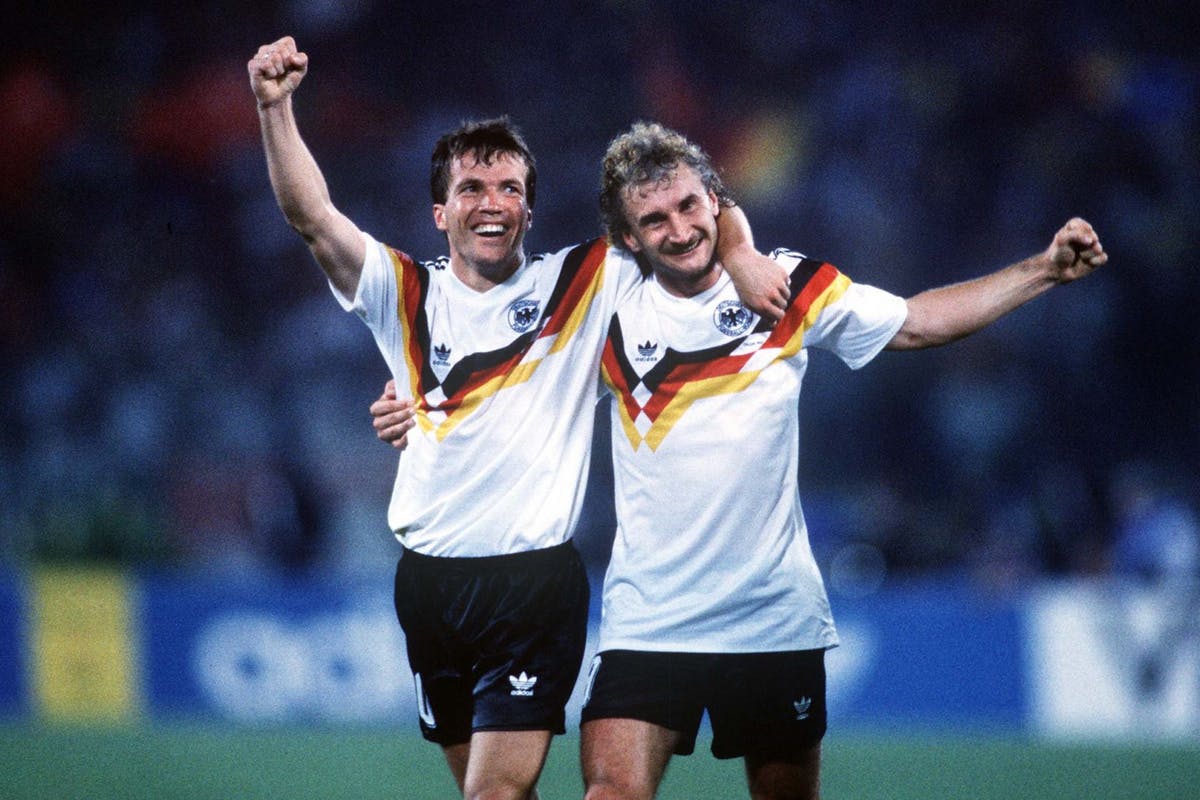
But Franzmann wasn’t done yet. She cooked up another iconic jersey design for the 1988 EUROs, this time for her home nation of Germany, who also hosted the tournament.
Horst Dassler, the son of adidas founder Adi Dassler, wanted to come up with something creative by introducing colors on the German shirt, which had been predominantly white with subtle black trimmings over the years.
The first thought for Franzmann was to incorporate the German national colors onto the kit, and the next was to geometrically situate the colors in linear form on the chest and as well as accentuate the shoulders of the shirt with the geometric design going further upwards. A novelty at that time.
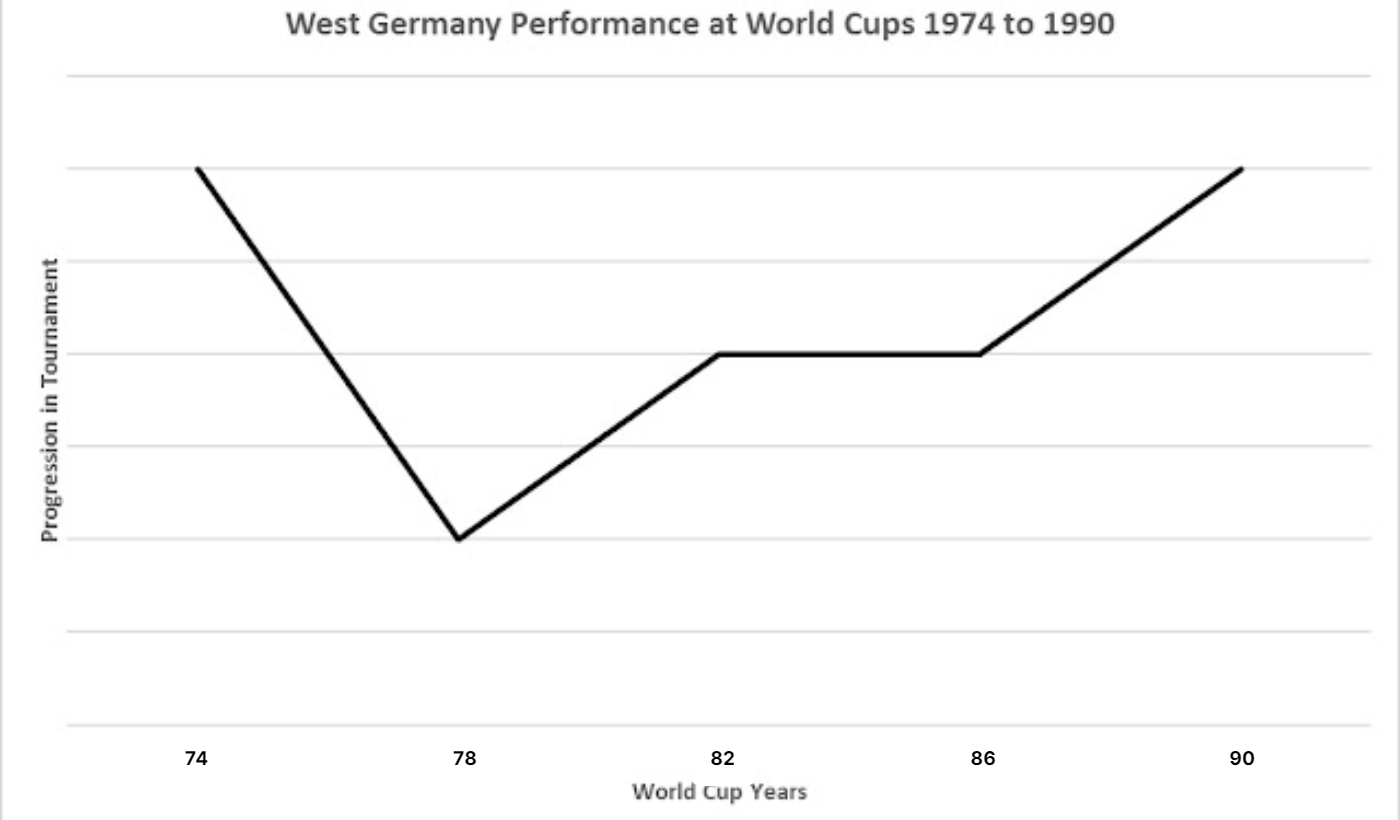

Years later, some kit design experts also provided a further explanation twist to the Germany 1988 kit design. According to them, the flow of the lines in front of the shirt are not just any geometric lines to beautify the shirt, but they represent a graphic representation of all the World Cup finishes by the German national team from 1974 to 1990.
The German national team were unsuccessful in their attempt to win the EUROs they hosted in 1988 in Franzmann’s kit, and as part of preparations towards the 1990 World Cup in Italy, she was again tasked to come up with a new design for the national team. However, Germany manager Franz Beckenbauer reckoned it was still a great design and convinced authorities to still stick to it for the World Cup. As fate will have it, Germany ended the tournament as winners, lifting the country’s third FIFA World Cup title, to make it a timeless strip revered by the entire kit-collecting community.
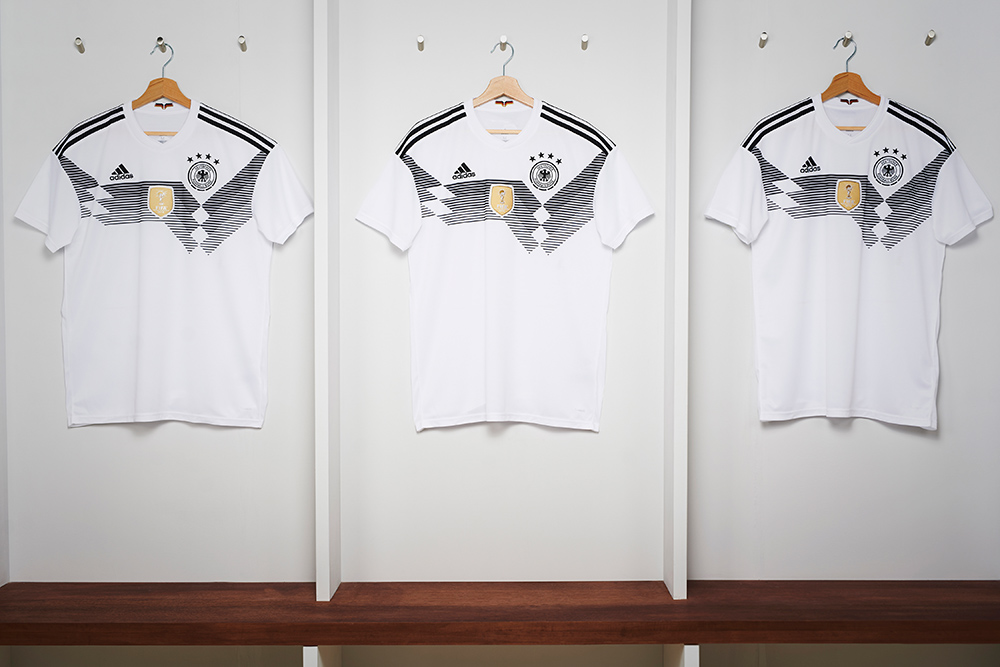
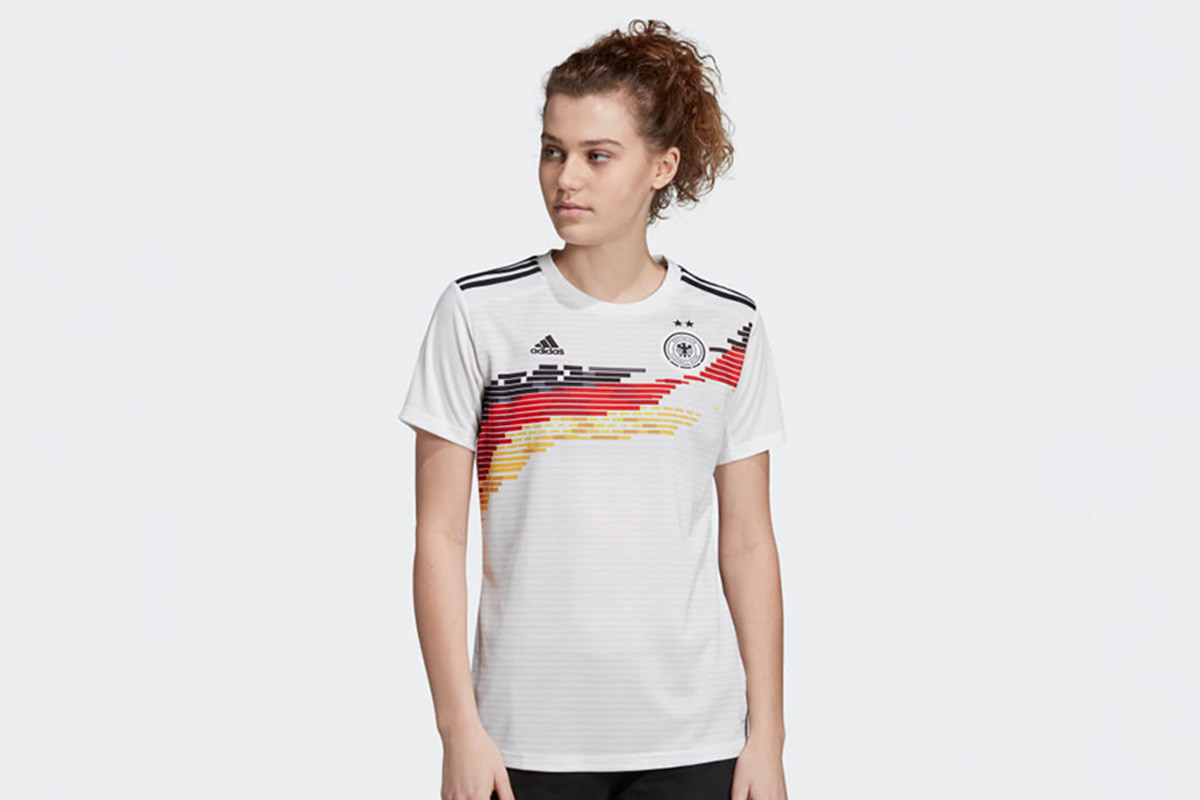
adidas revived Franzmann’s kit design in 2018 and 2019 for the German men’s and women’s national teams, but gave it a new spin of an updated design to add a modern touch.
There’s no doubt that adidas has created some of the most iconic shirts in football history, and the brand recently released a retro collection of jerseys and apparel from Germany, Argentina, and Mexico. While none of Franzmann’s designs were brought back (adidas has already re-released the 1988-91 home shirt several times), her mark on football kits will forever be felt by fans, collectors, and players of all ages.




